Hello, Friends and Neighbors!
The Legislature’s annual sessions begin the second Monday of each year, and a look at the calendar shows we’re now closer to the start of the 2020 session (January 13) than to the end of this year’s session (April 28). I’ve already been working with our legislative staff to turn a list of ideas into policy proposals that can be filed as bills; look for more about that in a newsletter as we get closer to the end of 2019.
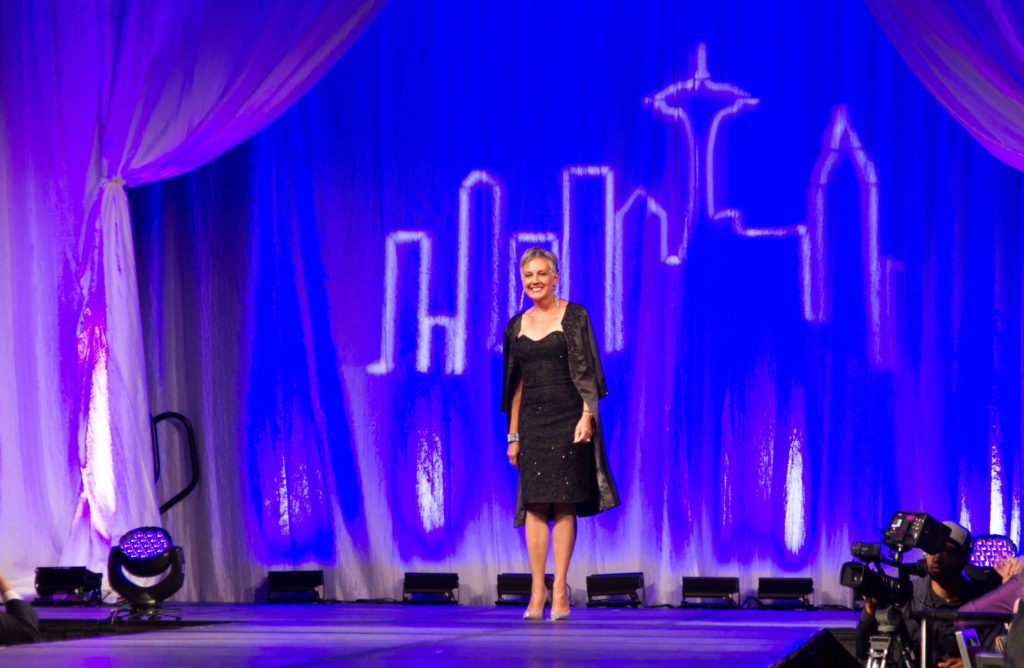
While state government has a role in supporting cancer research and treatment, I can’t understate the value of organizations such as Cancer Pathways, which offers so many programs to cancer patients at no cost. For that reason I was glad to take part in the Seattle chapter’s 22nd annual “Surviving With Style” fundraiser recently.
Please keep reading this newsletter for an update about state government’s financial condition, a reminder about the upcoming census (and a reason it’s important to the 17th Legislative District), and an invitation to students to work at the Capitol during our upcoming session.
But first – October is Breast Cancer Awareness Month, and it’s been just over a year since my own breast cancer diagnosis. My treatment began in November of last year, continued through the 105-day legislative session, and will end late this month. I was determined to use my situation to promote the importance of regular breast self-exams and mammograms, and was thrilled that during this year’s session so many legislators and legislative staff took part in the #OnWednesdaysWeWearPink awareness campaign I’d started on social media (it’s still going, especially this month).
A local newspaper recently asked how I was doing, and somehow my reply of “My health is good and I have lots of energy” was reported as “Wilson said her health and energy are both well enough.” Well enough? Let me make it clear: I feel great! And I feel very blessed to be able to say that.
Another positive revenue forecast raises the question again: why all the new taxes?
Just as weather forecasters look at various conditions to come up with predictions, our state has a non-partisan chief economist who looks at a range of national and state-level factors to forecast how much tax revenue will come into the state treasury during a particular budget cycle. These forecasts are prepared quarterly and are of particular interest to those of us serving on the legislative budget committees.
The third-quarter revenue forecast, out Sept. 25, continues the positive trend we’ve been seeing for a couple of years. The prediction for the current budget cycle (July 2019-June 2021) is that revenue collections will reach $51.8 billion, which is up $447 million from the second-quarter forecast issued in June. There was similar growth between 2019’s first forecast and the June prediction.
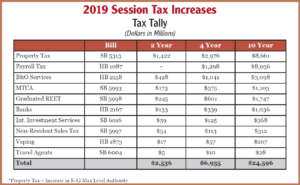 It’s obviously a good sign when the anticipated revenue collections have to be adjusted upward instead of downward, as that indicates the state economy is still in good shape overall. But these big gains again raise a question I asked when the 2019 session ended several months ago: why did the Legislature’s majority side raise taxes that will total nearly $25 billion over the next 10 years (see chart), when it’s clear that holding the line on taxes would still generate plenty of money to pay for state services and programs going forward?
It’s obviously a good sign when the anticipated revenue collections have to be adjusted upward instead of downward, as that indicates the state economy is still in good shape overall. But these big gains again raise a question I asked when the 2019 session ended several months ago: why did the Legislature’s majority side raise taxes that will total nearly $25 billion over the next 10 years (see chart), when it’s clear that holding the line on taxes would still generate plenty of money to pay for state services and programs going forward?
The September forecast is also more proof that my colleagues across the aisle had no need to change the law that allows Oregonians to shop on our side of the river without paying Washington sales tax. Considering how the state’s financial condition has improved by hundreds of millions of dollars in just a few months, the $54 million in revenue expected annually from ending the out-of-state exemption (in 2020) hardly justifies their passage of Senate Bill 5997, which puts local employers at risk from Pacific County on the west to Walla Walla County on the east.
What the upcoming U.S. Census means to our district
Washington’s 49 legislative districts are laid out by population, the idea being that each legislator will represent an equal number of residents. This makes for some dramatic differences in the size of districts, due to population density. The 7th District in northeast Washington covers three counties and part of a fourth, for example, while the 43rd District consists of just a portion of Seattle. Yet each, like our 17th District, was home to about 137,200 people back in 2010, according to that year’s U.S. Census.
The job of establishing boundaries belongs to the Legislature but the lines themselves are proposed by the state’s bipartisan redistricting commission, using the latest census numbers. Because Washington’s population has grown by around 800,000 people since the 2010 census, each legislative district has more people today – and the numbers vary significantly. For example, the 2019 population of the 17th Legislative District is estimated (by the state’s population office, not the federal Census Bureau) to be nearly 159,000. That’s more growth than two-thirds of Washington’s other legislative districts have seen in the past nine years.
This is just one of the reasons I encourage you to take part in the 2020 census when the time comes – it will provide the official numbers needed to support the reset of legislative-district boundaries that happens every 10 years. The redistricting commission will basically divide the total 2020 population of Washington by 49, then draw lines so each legislative district once again contains an approximately equal number of people. However, that process takes time, so the boundaries will remain the same through the 2020 election.
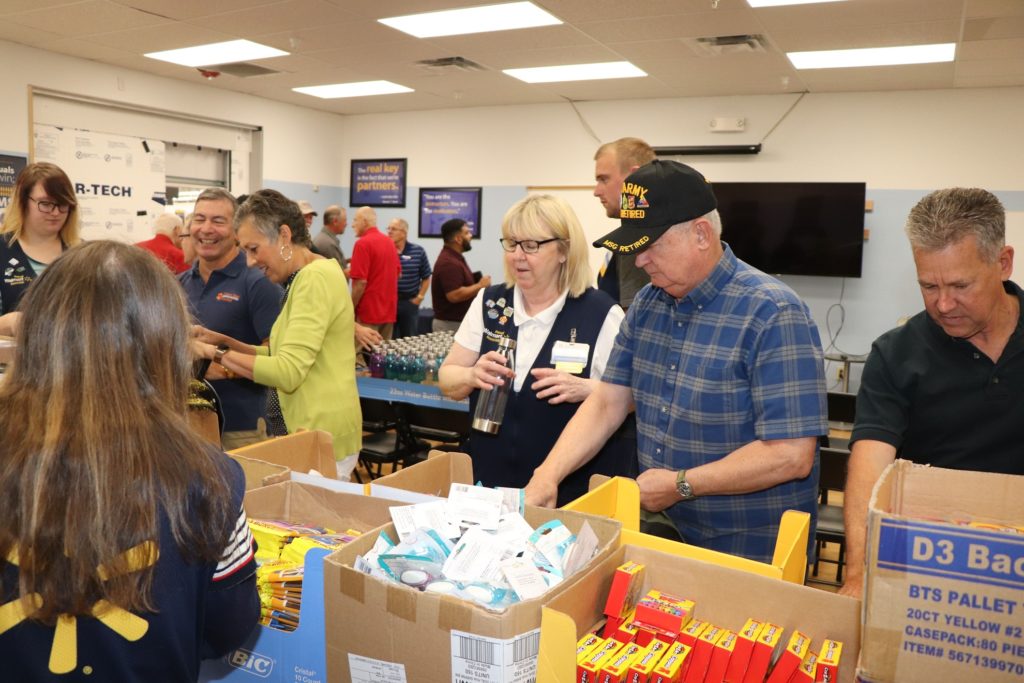
Having grown up in a military family I know what it’s like when service to country takes a parent away from home, so I appreciate that Walmart recently teamed with others in our community – like Clark County’s Community Military Appreciation Committee – to fill backpacks with school supplies for kids whose mom or dad is being deployed. I was happy to take part in such a kind and generous event.
Now accepting applications for Senate pages in 2020!
One of the nicest traditions of the Legislature is having students serve as pages during our sessions at the Capitol. Although legislators do a lot of work electronically these days, there is still a steady stream of paper that needs to move from place to place. The pages in the Senate and House serve a very important role by delivering the formal messages and documents that are essential to the lawmaking process.
Pages are paid for the week they work at the Capitol, and what they experience is more than handling paper – being able to interact with legislators and staff offers a one-of-a-kind civics lesson, and that’s in addition to attending “page school” and other learning opportunities. The 2020 session is scheduled to last nine weeks, and I expect to be able to sponsor a Senate page each of those weeks; if you know a local student who will be 14-16 years old during the session, here’s the link for information and an application.
* * *
This is a great time to get in touch with me with questions and concerns about government and ideas for legislation, before things get busy during the holiday season and the 2020 session. And if you see me out and about in the community please say hello!
Yours in service,









